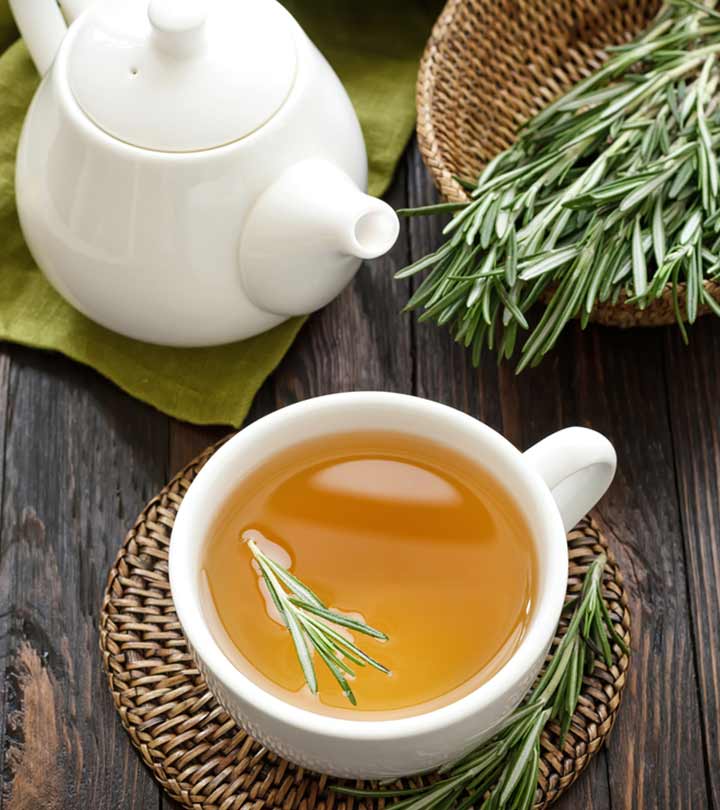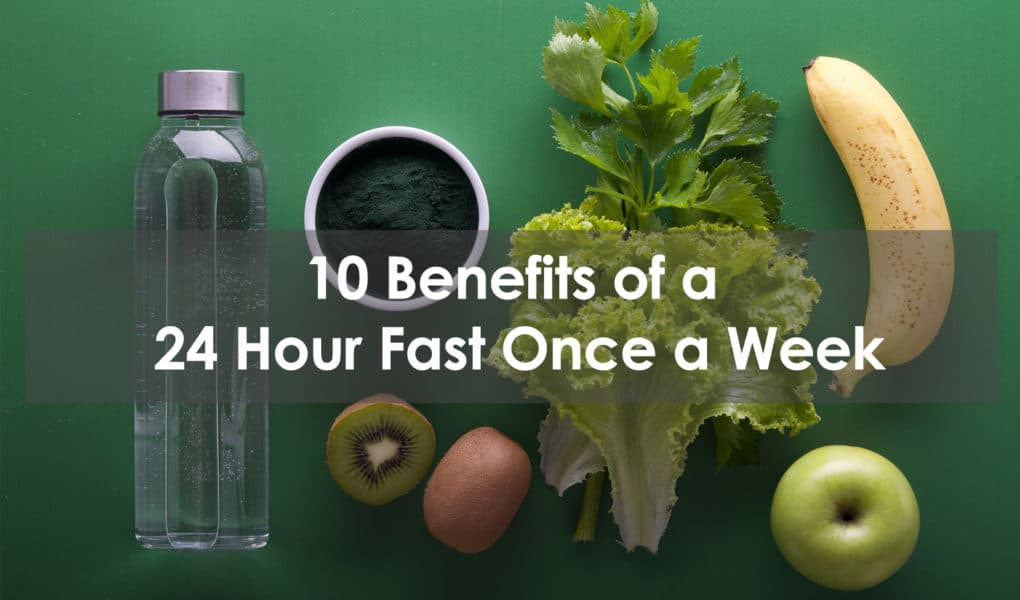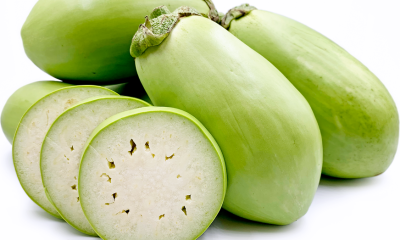Health
Understanding the Role of Acoustic Wave Therapy in Sports Injury Rehabilitation

Whether you are an athlete or someone who suffers from chronic pain in your muscles or joints, Acoustic wave therapy (AWT), is a therapy used by professional athletes utilizes sound waves to help heal the injury.
Reduces Pain and Inflammation
Acoustic Wave Therapy is a non-invasive treatment that uses sound waves to stimulate the body’s natural healing process. It can reduce pain and increase mobility in patients with musculoskeletal disorders like sciatica or carpal tunnel syndrome, as well as tendons, ligaments, and bones like plantar fasciitis or calcifying tendonitis of the rotator cuff.
The vibrations caused by AWT break down calcifications and fat deposits in the body. It also helps to increase circulation, which speeds up the healing process. In addition, the sound waves emitted by AWT cause cavitation in the treated tissue, which produces new blood vessels. This provides an additional pathway for delivering oxygen-rich blood to the tissues while dispersing inflammatory mediators and eliminating metabolic wastes.
The acoustic waves also decrease the concentration of Substance P, a neurotransmitter responsible for relaying pain signals to the brain. By lowering the concentration of this substance, AWT significantly decreases pain and inflammation in the musculoskeletal system.
Increases Blood Flow
The acoustic waves emitted by the AWT machine stimulate the body’s soft tissue to initiate healing. These sound waves break up calcifications and increase blood circulation, which reduces inflammation and pain.
The sound waves also amplify signals that promote the growth and differentiation of stem cells at the site of injury. Stem cells help to heal the damaged tissue and encourage bone and epithelial cell health. They also disperse pain mediators and reduce inflammatory responses, which speeds up recovery time.
AWT can treat various sports injuries, including plantar fasciitis and tennis elbow. A physical medicine doctor often recommends this type of treatment.
AWT is the preferred preventative therapy for professional athletes and active individuals because it provides optimal blood flow response to help them recover faster from muscle strains and post-workout recovery. It is also used to treat chronic injuries and speed up recovery for patients undergoing surgery or other more invasive procedures.
Recruits Stem Cells
AWT activates the body’s natural repair system. Its waves reduce inflammation and promote the growth of new blood vessels, thereby increasing oxygen supply. It also disperses pain mediators and encourages stem cells to migrate to the injured area.
Stem cells are unspecialized cells that can become different types based on the signals they receive. They help to repair damaged tissues, and regenerate muscles, bone and epithelial tissue.
Acoustic wave therapy can stimulate the release of chemotactic factors that recruit symplastic mesenchymal stem cells (syMSCs) from the blood into the injury site, promoting meniscal regeneration. This results in a more fully integrated, functionally intact meniscus that heals with fewer symptoms.
Low-intensity acoustic wave therapy (AWT) is a safe and effective treatment for erectile dysfunction (ED).5 Unlike most other ED treatments that simply treat symptoms, AWT restores normal vascular function in patients with erectile problems. It does this by improving blood flow, reducing plaque, regenerating blood vessels, recruiting stem cells and displacing pain mediators.
Promotes Healing
Unlike laser treatments, which use light energy, AWT sound waves penetrate the tissue. These vibrations break up plaque buildup and stimulate the body’s healing process. This creates new blood vessels that increase oxygen supply and decrease inflammation.
AWT also increases cell renewal. This allows the damaged tissue to heal faster and improves muscle response. This is especially important for athletes and those who suffer from chronic pain caused by musculoskeletal injuries.
In addition to promoting blood flow, reducing inflammation and recruiting stem cells, AWT can also help disperse pain mediators. This helps the body to manage chronic pain symptoms better, allowing you to live a more active lifestyle.
Health
10 shocking health benefits of rosemary tea

Table of Contents
Health
Benefits of fasting for 24 hours

Discover the benefits of fasting for 24 hours.
24-hour intermittent fasting is often recommended for weight loss, but also its many health benefits.
In this article, I detail the benefits of intermittent fasting, and particularly its practice over 24 hours. You will also be able to find my testimonial and my advice for a successful 24-hour intermittent fasting.
24hr Intermittent fasting to live longer in good health!
This sentence comes up constantly when one is interested in the subject. Simple fashion effect or real health interest? That’s the real question.
The objective of this practice is based on calorie restriction and resting the digestive system as a whole.
When we eat too much, binge, and get too much protein, our aging process is accelerated. Our body ages faster. To counter this effect, it is, therefore, necessary to fast. You boost your production of growth hormone, a hormone of youth.
In practice, it remains very complicated. It was Dr. Valter Longo who simplified the practice of intermittent fasting to reap all the health benefits. But in reality, is it effective?
The benefits of 24 hours intermittent fasting
Many scientific studies have highlighted the following health benefits of intermittent fasting:
• Promote weight loss, maintenance, lower bad cholesterol and increase well.
• Reduce cardiovascular and cancer risks.
• Regulate blood sugar by lowering insulin production and increasing fat metabolism.
• Lower the markers of inflammation ( responsible for the aging process ).
• Stimulate growth hormone production ( 2000% during 24-hour intermittent fasting ). This molecule helps you fight to age, tap into your fat and increase your muscle mass.
• Regulate hormonal disturbances after meals.
• Diversify the composition of the intestinal flora.
• Improve the quality of sleep.
It should be noted that these benefits are mainly found in a population that is overweight or obese, sedentary, or suffering from metabolic disease. The effects of intermittent fasting in healthy, physically active, or athletic people seem small to non-existent.
Intermittent fasting and weight loss
According to scientific research, intermittent fasting is effective for weight loss.
The main reason for the effectiveness of intermittent fasting on weight loss is calorie restriction.
Indeed, skipping one or more meals considerably reduces your food consumption. You then find yourself in an energy deficit, and your body has no choice but to draw on the stock of glycogen and fats to continue to function.
Practiced 1 to 2 times a week, over 3 to 24 weeks, intermittent fasting can lead to a weight loss of 3 to 8% of the initial weight, with a non-negligible share of abdominal fat (reduction in the circumference of cut).
However, over the long term, the evidence on the effectiveness of intermittent fasting remains very weak. We don’t know if, as with all low-calorie diets, it leads to a Yoyo effect and significant regain of lost pounds.
To lose weight permanently, mainly fat, while maintaining your muscle mass, it is advisable to combine a slight caloric restriction and the practice of sport regularly.
Need to lose weight permanently?
My Sport to lose weight program has already enabled hundreds of people to lose weight, improve their health and be in better shape! It includes sports sessions in videos, tools to calculate your fat loss, tips for starting running, recipes, and much more… It’s never too late to start the sport and lose weight for your health.
Opinion on the intermittent fasting 24h
So I wanted to get to the bottom of it and test this practice. To simplify things, Dr. Longo has been testing different protocols for several years. Simpler protocols to apply daily while maintaining the benefits. For people with a healthy lifestyle, practicing 24 hours a month is very effective.
So I fasted for 24 hours. The easiest way is to start after dinner. You eat dinner normally, then nothing until dinner the next day. Hydrate well. You can also consume tea, coffee, infusions but without sugar.
I was afraid of being too hungry, of being a wreck unable to move. And not at all. I did my intermittent fast one day back from vacation, in the car. I felt good, without a stroke. What a pleasure to sit down to eat in the evening, even if the goal is to eat normally and no more than usual.
I resumed the sport the next day with a big day ( 3h30 of cycling chained to 1h of jogging ). I felt good, I didn’t have any cravings. I even recovered better. I am full faster on the meals that follow. The results are very positive.
However, here are some tips to guide you:
• No sport on the day of intermittent fasting, or a short cardio session (30 minutes).
• Take care. Get out of your house, otherwise, the day will be too long to manage unless you have plenty of tasks to accomplish.
• Don’t throw yourself on the food when you eat again. Don’t say to yourself: “it’s good, I’ve done the hardest I can let go”.
• Remember to drink well ( 1.5 to 2 liters of water ) and take hot drinks for satiety.
Be careful if you have medical treatment, do not do it. I do not know the actions of this practice under these conditions. A drug does not have the same effect in these conditions, so check with your doctor.
I await your reactions after your tests. Intermittent fasting is increasingly practiced in the United States, to fight against junk food and diseases of civilization. Its health benefits are undeniable. Live old and above all live better!
Health
Benefits of hibiscus tea for skin

Table of Contents
- Benefits of hibiscus tea for skin
- Greater elasticity in the skin
- Prevents and fights cell damage
- Hydrates in depth
- Unifies skin tone
- Discover the benefits of hibiscus tea for skin.In today’s post we want to offer you a wonderful option to enhance your health and even take care of your beauty with a gift from nature whose qualities have been known for thousands of years.
We want to talk about the Hibiscus tea, a plant native to China and Japan, also known as China rose, whose extract has a wide range of properties, among which are antiseptic, digestive, diuretic, and others that we will detail below.
Its cosmetic properties are so amazing that it has been called “vegetable Botox”, rich in antioxidants and vitamin C.
Its effects after constant consumption in the form of an infusion, for example, have been compared to the effects of Botox injections, since its tightening effect helps to hide expression lines and sagging of the face.
Its active components act at the cellular level, nourishing and moisturizing the dermis, creating a wonderful anti-aging effect.
There are 5 different varieties of Hibiscus in the world: Hibiscus Rosa Sinensis, the best known in Spain, Hibiscus esculentus, Hibiscus sabdariffa, and Hibiscus tiliaceous.
Its flower is edible and its different forms of presentation, in powder, in preparation for infusion, or syrup, allow us to take it comfortably and prepare masks that will surely become great allies for your skin and hair.
In India, hibiscus has traditionally been used to treat hair problems, reduce dandruff, moisturize the scalp while nourishing and strengthening it, and even prevent the appearance of gray hair.
Benefits of hibiscus tea for skin
Greater elasticity in the skin
As we have previously mentioned, the Hibiscus tea will provide us with its tensor effect, greater elasticity, and firmness in the skin, keeping it looking young for longer.
Prevents and fights cell damage
Hibiscus tea fights free radicals that cause oxidation that starts the aging process in the skin, the largest and heaviest organ in the body.
Hydrates in depth
After using the usual cleansers we remove the moisture and natural agents that protect our skin, if we regularly use hibiscus masks we will ensure that our facial skin is sufficiently hydrated avoiding dryness and its unwanted consequences.
Unifies skin tone
Hibiscus is known for its exfoliating and anti-blemish action and its beneficial effects in cases of hyperpigmentation, unifying the tone and softening the features.
For all these benefits, the Hibiscus tea is considered a natural and effective anti-aging recipe, do not forget to try it.
Related Searches…
Hibiscus tea for skin whitening
Hibiscus tea benefits hair
How to make hibiscus tea
Benefits of hibiscus for lips
Hibiscus for skin tightening
How to use hibiscus for acne
Benefits of hibiscus oil for skin
Hibiscus flower benefits for hair and skin
Hibiscus tea effect on kidneys
Hibiscus powder benefits
Homemade hibiscus face cream
Hibiscus soap benefits for skin
-

 Food1 year ago
Food1 year ago10 + Benefits of carrot juice and side effects
-

 Health1 year ago
Health1 year ago50 Super Healthy (And Very Often Cheap) Foods
-

 Benefits3 months ago
Benefits3 months agoThe Benefits of Joining Gym Lumolog – Improve Your Fitness & Health
-

 Health1 year ago
Health1 year ago5 Shocking health benefits of kinkeliba and side effects
-

 Food1 year ago
Food1 year ago8 shocking benefits of leek juice and side effects
-

 Health1 year ago
Health1 year agoBenefits of guava leaves Sensually
-

 Weight Loss1 year ago
Weight Loss1 year agoChaz Bono weight loss secret
-

 Health1 year ago
Health1 year ago13 shocking health benefits of Thai eggplant
